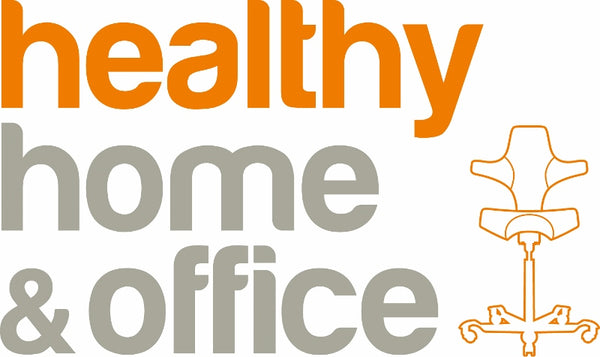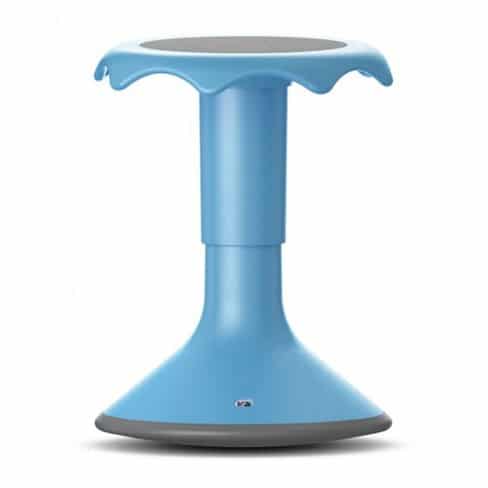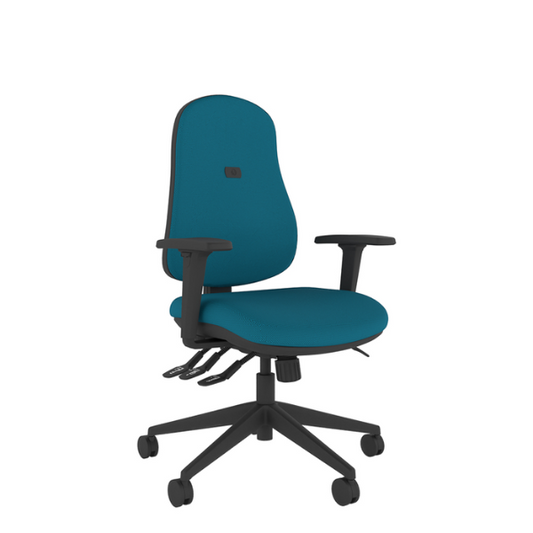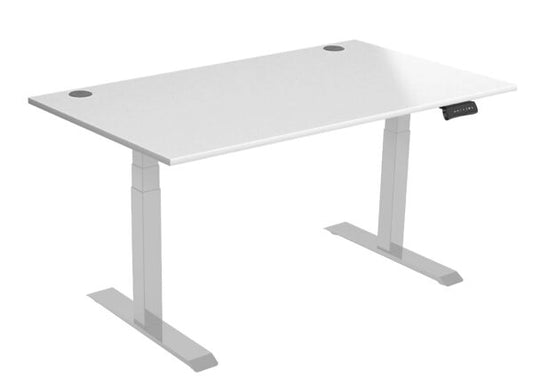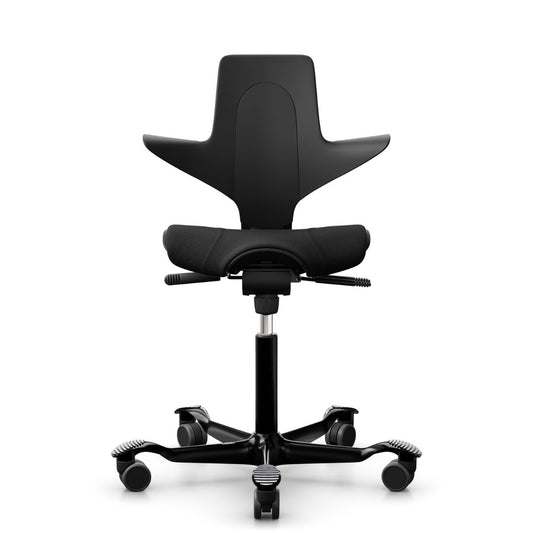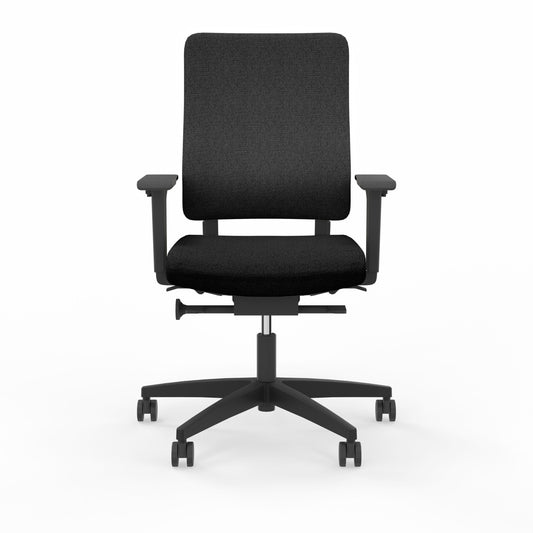Eye Tests and Screen Use
- DSE Overview
- Workstation Assessments
- Posture and Ergonomic Setup
- Breaks and Work Routines
- Eye Tests and Screen Use
- Training and Employee Information
-
Pregnancy and Epilepsy Guidance
Protecting your vision when you work with screens every day
If you use a screen for work — whether in an office or from home — your eyes are working harder than ever. Long hours of focus on screens can lead to fatigue, dryness, blurred vision, and headaches.
The good news? There are legal entitlements and simple daily habits that can help protect your sight and comfort.
DSE Work and Your Eyes: What the Law Says
Under UK DSE regulations, employers must protect the eyesight of staff who use screens daily as a significant part of their work.
If you’re a DSE user, you’re entitled to:
A free eye test on request
The test must be administered by a qualified optometrist
Repeat tests at regular intervals if needed
A basic pair of glasses paid for by your employer if they are specifically required for DSE use
Tip: This applies whether you're on-site, remote, or hybrid — if screen work is central to your job, you’re covered.
Common Eye Problems from Screen Work
Staring at a screen too long without rest or the right setup can cause:
- Digital eye strain (also called computer vision syndrome)
- Dry, itchy, or watery eyes
- Blurred or double vision
- Headaches, particularly around the eyes
- Difficulty refocusing when looking away from the screen
These symptoms can build up slowly — so don’t ignore them.
How to Prevent Eye Strain at Work
Here are simple, effective ways to protect your eyesight during screen time:
Follow the 20-20-20 Rule: Every 20 minutes, look at something 20 feet away for at least 20 seconds.
Control lighting and glare: Position your screen side-on to windows, not in front of or behind them. Use blinds and adjust screen brightness.
Take regular breaks: Step away from the screen and move. See our breaks guide ›
Adjust your monitor: The top of the screen should be at or just below eye level, and around an arm’s length away. See monitor setup tips ›
Stay hydrated: Dry eyes often come from lack of blinking — and dehydration makes it worse.
Screen Glasses: Do You Need Them?
If your optician confirms that your eyes need help focusing at screen distance, your employer must contribute to or cover the cost of glasses for screen use. These are usually different from your normal reading or driving glasses.
Not all glasses qualify — they must be specifically required for DSE use and not just general wear.
What Employers Must Do
If you’re an employer or responsible for workplace safety, your duties include:
Informing staff of their right to an eye test
Paying for the test when requested
Covering basic screen-use glasses if needed
Keeping records of tests and prescriptions
Providing a safe, glare-free screen setup
Need help meeting your obligations? We offer workstation assessments and advice for businesses of all sizes.
Book a business DSE assessment ›
Healthy Eyes, Healthy Work
Whether you're at a desk all day or working flexibly between spaces, your eyes need care. Alongside the right screen position, breaks, and lighting, regular eye checks are an essential part of staying healthy at work.
At Healthy Home & Office, we help you take a full-body approach to screen work — starting with your eyes.
Your eyes work hard every day. Make sure your setup works for them.
Best Sellers
Shop our most popular ergonomic products, trusted by professionals and home users alike. These top-rated chairs, desks, and accessories deliver proven comfort and performance.
-
Hokki +®- Height Adjustable Dynamic Stool
Regular price From £206.40 GBPRegular price -
IT650 Office Chair
Regular price £276.00 GBPRegular price -
R800 - Height Adjustable Desk
Regular price From £376.00 GBPRegular price -
Capisco Puls - Saddle Office Chair
Regular price £524.00 GBPRegular price -
Drumback creation - Climate Neutral Ergonomic Office Chair
Regular price £534.00 GBPRegular price
Subscribe to our emails
Be the first to know about new collections and exclusive offers.
